Table of Content
The National Capital Region Transport Corporation (NCRTC) has rolled out an exciting plan to create a Regional Rapid Transit System (RRTS) that will connect Gurugram, Faridabad, and Greater Noida. This project is all about boosting connectivity in the National Capital Region (NCR) by linking major economic centers with a speedy rail network. The proposed RRTS for Gurugram, Faridabad, and Greater Noida is set to be a game-changer for the region's infrastructure.
What Is the Gurugram-Faridabad-Greater Noida RRTS?
The Gurugram-Faridabad-Greater Noida RRTS is a major high-speed rail corridor of 60-kilometers being developed to travel at a speed of 180 km/h. It has an estimated budget of ₹15,000 crore. This corridor will connect Gurugram and Greater Noida via Faridabad and Noida, and it will interface with the RRTS corridor between Ghaziabad and Jewar airport. Ultimately, it will be a key part of a future rapid transit network covering a significant portion of the NCR.
This new route will operate independently from other existing and upcoming RRTS projects, like the Delhi-Gurugram RRTS and the Delhi-SNB corridors. Right now, the alignment plan is under review, and getting the Haryana government’s nod is crucial for kicking off the detailed project report (DPR) preparation.
Also Read: Builders in Noida Given 15 Days to Finalize Flat Registrations
Proposed Route and Stations
The Gurugram-Faridabad-Greater Noida RRTS will have six strategically located stations to ensure maximum regional coverage. Below is the preliminary structure of the route proposed as well as the stations:
- Gurugram: IFFCO Chowk at Sector 29 and Sector 54 on Golf Course Road.
- Faridabad: Bata Chowk and Sector 85-86.
- Noida: Junction of Sector 142-168.
- Greater Noida: Surajpur and related to the Ghaziabad-Jewar airport corridor.
This alignment has been suitably aligned with connectivity to major commercial and residential land to maximize travel for daily commuters and commercial travel connections.
Benefits of the Project
The Gurugram-Faridabad-Greater Noida RRTS promises a plethora of benefits for the NCR, including:
- Enhanced Connectivity
The RRTS will significantly reduce travel times, making commuting across Gurugram, Faridabad, and Greater Noida more convenient. - Economic Boost
Improved transportation infrastructure often spurs regional economic growth, encouraging investment and development in connected areas. - Sustainability
The project promotes environmentally friendly urban transport by reducing dependency on personal vehicles, thus decreasing traffic congestion and air pollution. - Integrated Urban Development
With its integration into the larger RRTS network, this corridor will act as a catalyst for balanced regional development within NCR.
Challenges and Considerations
While the Gurugram-Faridabad-Greater Noida RRTS has immense potential, several challenges must be addressed for its successful execution:
- Resource Allocation: The estimated cost of ₹15,000 crore requires careful planning and collaboration between central and state governments.
- Approval and Coordination: Stakeholder approvals, particularly from the Haryana government, are crucial to move forward.
- Execution Complexity: Constructing a high-speed rail system involves overcoming technical, logistical, and environmental hurdles.
Current Status and Future Prospects
The Gurugram-Faridabad-Greater Noida rail corridor, known as the RRTS, will be a high-speed rail transport corridor over 60 kilometers long, operating at a speed of 180 km/h. This entire project has an estimated cost of ₹15,000 crore, and plans to connect Gurugaram and Greater Noida, with connections to other places such as Faridabad and Noida. The project will also be effectively connected to the Ghaziabad-Jewar airport RRTS corridor, ultimately creating a strong rapid transit network across the NCR.
The newly designed transit corridor will operate independently from all other existing RRTS projects and new projects being planned like the Delhi-Gurugram RRTS and the Delhi-SNB RRTS corridors. At present, however, the alignment is under review and it is essential to obtain the final approval of the Haryana government to enable prep work of the detailed project report (DPR).
Also Read: 5 Key Facts About Aamir Khan’s Housing Society Redevelopment in Bandra
Conclusion
The Gurugram-Faridabad-Greater Noida RRTS is an important project that has the potential to alter mobility dynamics in NCR. By providing linkages between key urban areas using an automated transit system, it aims to improve commuting mobility, stimulate economic development, and facilitate a sustainable urban expansion. To achieve this objective, it is important to ensure the successful commitment of all connected parties and successful execution of the plan. The project not only can provide improved connectivity but also can set parameters for the delivery and implementation of future urban transport systems in India.
Follow AquireAcers Whatsapp Channel to Stay Updated With The Latest Real Estate News

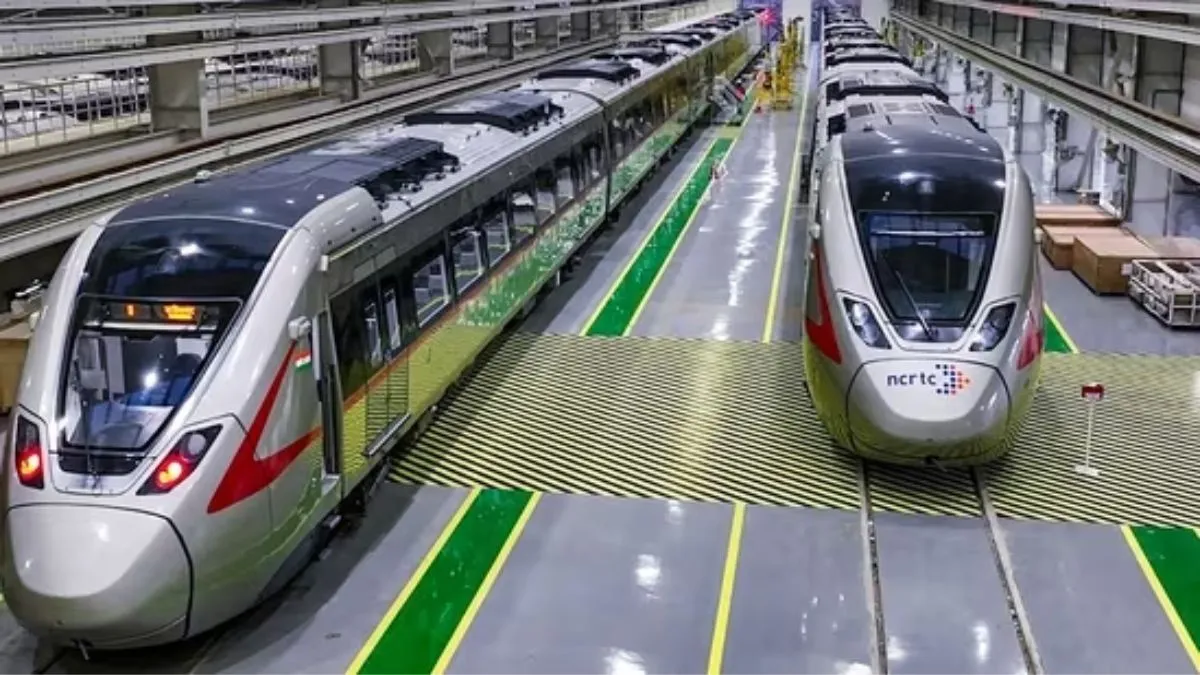
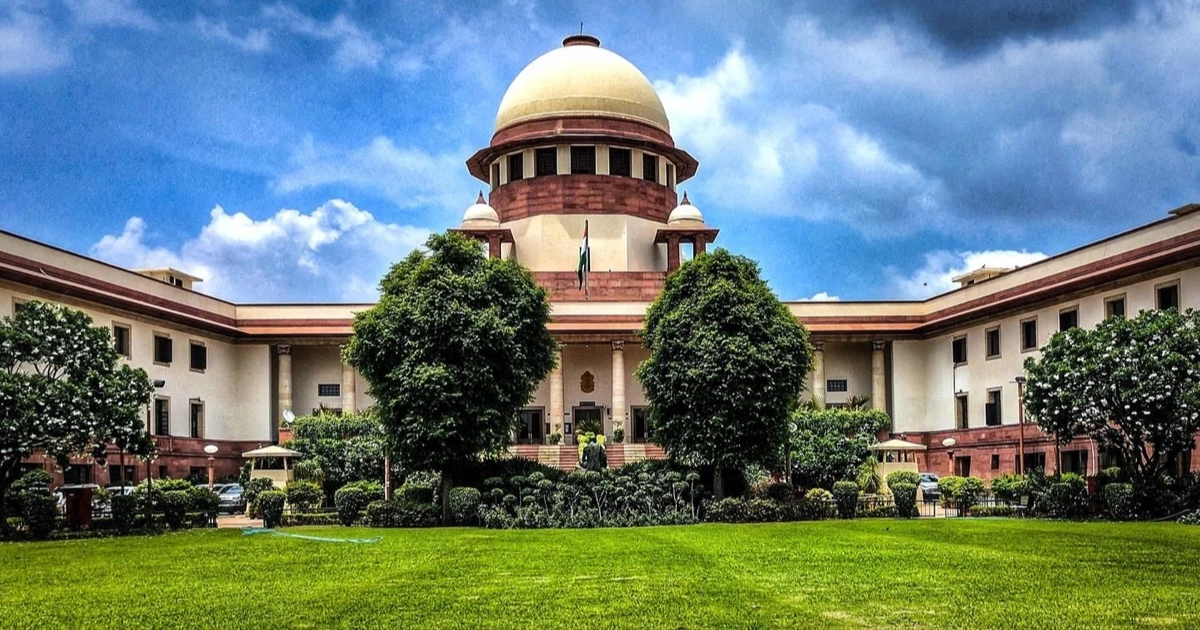
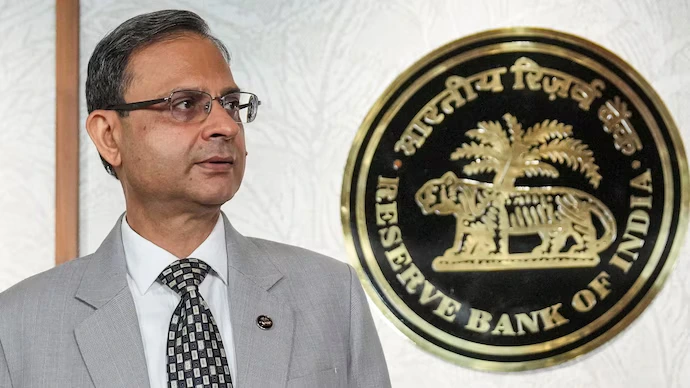
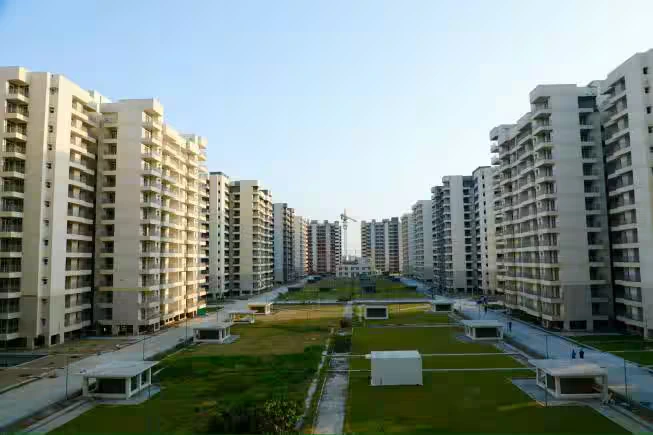
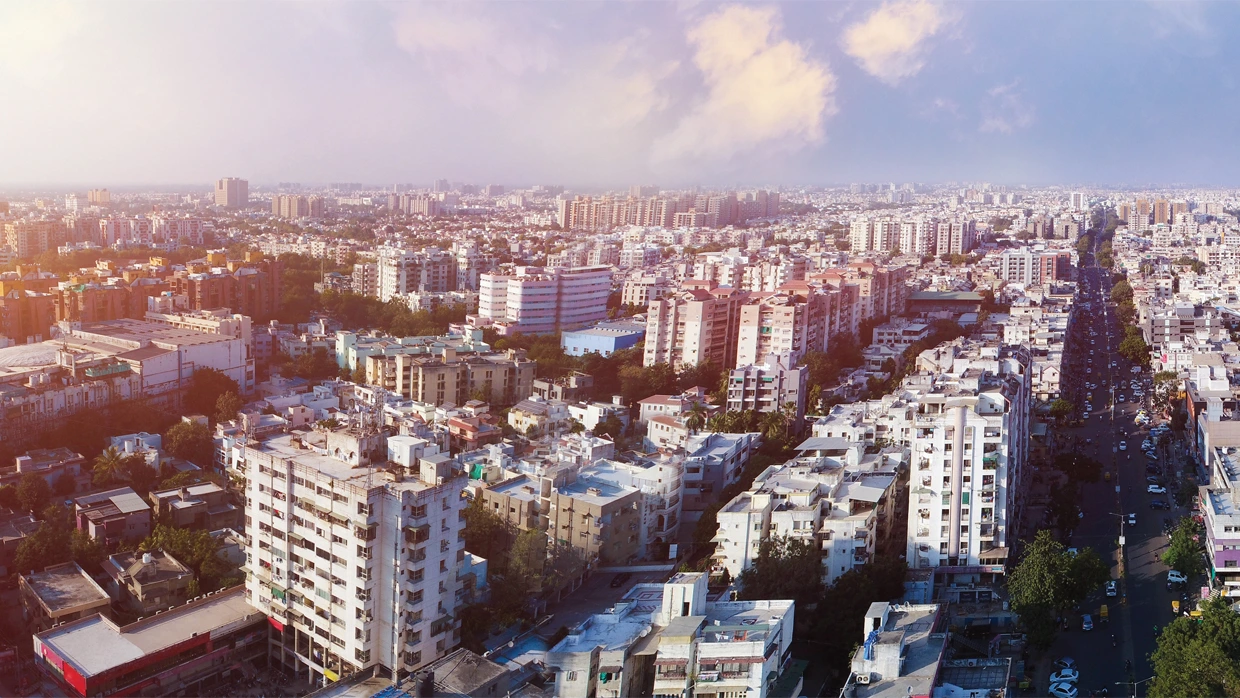

Ans 1. The Gurugram-Faridabad-Greater Noida RRTS is a proposed 60-kilometer high-speed rail corridor designed to connect Gurugram, Faridabad, and Greater Noida, with trains running at a speed of up to 180 km/h.
Ans 2. The project is estimated to cost ₹15,000 crore.
Ans 3. The corridor will interface with the Ghaziabad-Jewar airport RRTS and other planned rapid transit systems, forming part of an expansive network in the National Capital Region (NCR).
Ans 4. The preliminary stations include: Gurugram: IFFCO Chowk (Sector 29) and Sector 54 on Golf Course Road. Faridabad: Bata Chowk and Sector 85-86. Noida: Junction of Sectors 142-168. Greater Noida: Surajpur and a connection to the Ghaziabad-Jewar airport corridor
Ans 5. Enhanced Connectivity: Faster and more efficient travel across Gurugram, Faridabad, and Greater Noida. Economic Growth: Boosts regional development and attracts investments. Sustainability: Reduces reliance on personal vehicles, minimizing traffic and pollution. Urban Integration: Supports balanced development across NCR.
Ans 6. Funding: Efficient allocation of the ₹15,000 crore budget. Approvals: Securing consent from stakeholders, including the Haryana government. Technical and Logistical Issues: Overcoming hurdles in high-speed rail construction.
Ans 7. The project alignment is under review, and the approval of the Haryana government is awaited for initiating the detailed project report (DPR).
Ans 8. This corridor will operate independently of existing projects like the Delhi-Gurugram RRTS and the Delhi-SNB corridor, although it will integrate with the broader RRTS network for seamless connectivity.
Ans 9. The corridor aims to enhance mobility, support economic development, promote sustainable urbanization, and reduce travel times across key urban centers in NCR.
Ans 10. The timeline will depend on the approval of the alignment and subsequent completion of the DPR. Construction will follow after funding and clearances are secured.